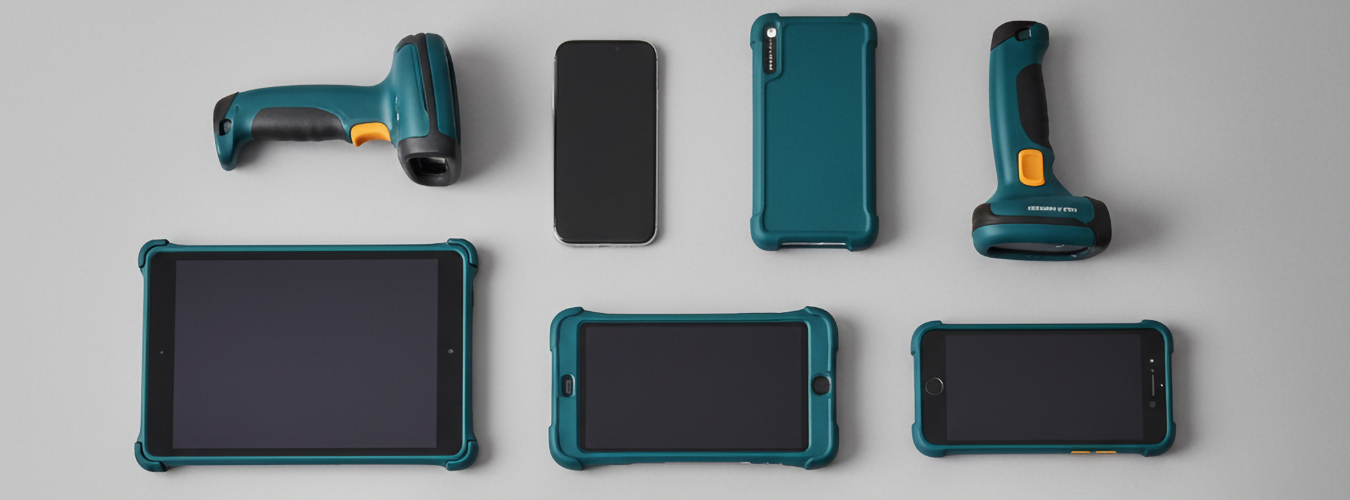
For many IT and procurement teams, sourcing mobile devices is a time-consuming, high-stakes juggling act. You’re comparing quotes from multiple vendors, tracking hardware specs, deciphering OS support windows, and trying to avoid costly mistakes—all while keeping your day-to-day systems running.
The mobile device ecosystem is massive and constantly evolving. From rugged tablets to smart handhelds, there are dozens of models, each with different features, lifespans, and compatibility quirks. One wrong choice could leave your team stuck with unsupported devices or mounting support tickets.
That’s where vendor-agnostic device sourcing partnerships come in. By working with a neutral expert—not tied to any single manufacturer—you gain access to a wider set of options, unbiased guidance, and a streamlined procurement process.
In this article, we’ll explore how vendor-neutral sourcing helps organizations simplify complexity, lower total cost of ownership, and secure the right devices for the job.

What is vendor-agnostic device sourcing?
Vendor-agnostic device sourcing means working with a procurement partner who isn’t tied to any single hardware manufacturer.
Unlike a direct-to-vendor relationship—where you’re only shown that brand’s catalog—a vendor-agnostic partner evaluates the entire marketplace to find the best-fit devices for your needs.
This impartial approach shifts the focus from sales to strategy. Instead of being sold on whatever’s in stock or on promotion, you get advice tailored to your business requirements—whether that’s rugged durability, security features, support longevity, or price.
Vendor-agnostic sourcing partners are typically managed mobility service providers (like PiiComm) or IT consultancies with deep technical knowledge across platforms, brands, and use cases. They help organizations compare specs, assess compatibility, and understand the total cost of ownership across device lifecycles.
How does vendor-neutral device sourcing work?
It’s a collaborative, step-by-step process designed to simplify decision-making and reduce risk during device procurement.
The process includes:
- Needs analysis. You share your use cases, performance expectations, software requirements, quantities, timelines, and budget constraints.
- Market search. The partner scans its network of OEMs and distributors to identify compatible options—sometimes including demo units or field-tested picks.
- Recommendations and quotes. You receive side-by-side comparisons with pricing, pros and cons, and guidance based on real-world deployments.
- Procurement and fulfillment. Once a selection is made, the partner manages ordering and logistics. If they offer integrated services, this may include kitting, zero-touch enrollment, and staging. For example, PiiComm offers full, turnkey staging and deployment services alongside our vendor-neutral strategic sourcing.
- Ongoing support. A trusted sourcing partner doesn’t disappear after the order is placed. They help track refresh cycles, notify you of EOL dates, and assist in planning upgrades.
The result? You make smarter, faster procurement decisions based on unbiased insight, not brand loyalty or guesswork, and you gain a long-term partner invested in your mobile strategy’s success.

Benefits of a strategic device sourcing partnership
When mobile devices are critical to your operations, the stakes are high. Choosing the wrong hardware or overpaying for underperforming technology can ripple through your organization in costly ways.
A trusted, neutral sourcing partner helps you avoid those pitfalls by bringing experience, objectivity, and operational scale to the table.
Here are five benefits of working with a vendor-agnostic, strategic device sourcing partner:
- Access to a broad vendor network. Procurement partners typically maintain relationships with all major device manufacturers and distributors. That means faster access to new devices, better pricing through bulk discounts, and the ability to source specialized or niche equipment. For example, PiiComm’s network includes Zebra, Honeywell, Samsung, Apple, and more so you get true apples-to-apples comparisons, not a brand-biased sales pitch.
- Expertise and needs assessment. A good sourcing partner starts with your use case. They assess your environment, performance needs, accessory requirements, and security standards. This minimizes the risk of choosing the wrong device and ensures compatibility with existing infrastructure. They also bring sector-specific knowledge—like which rugged tablets withstand cold storage, or which devices maintain peak performance in remote fieldwork.
- Time and resource savings. The evaluation, quoting, and vendor coordination process can drain your team’s time. A partner handles spec comparisons, procurement logistics, and even optional kitting. That frees your internal IT or procurement staff to focus on strategic work like configuring deployments or planning future tech upgrades.
- Competitive pricing and lifecycle-based recommendations. Vendor-neutral partners often bundle orders across clients to negotiate better prices. They also help you assess lifecycle costs—not just sticker prices—factoring in warranties, trade-in programs, support contracts, and TCO.
- Simplified multi-vendor management. If your device fleet spans multiple OEMs, a sourcing partner becomes your single point of contact. They coordinate purchasing, service agreements, and logistics across all vendors, saving you the headache of managing separate quotes, invoices, and support calls.
The takeaway? A vendor-agnostic sourcing partner builds a tailored procurement strategy for your business. That strategy aligns with your business goals, budget, and specific end user needs. As a result, these partners help you reduce procurement risk and maximize the value of every IT dollar you spend.
|
Sample use case for vendor-agnostic strategic sourcing A national retail chain was rolling out 25 new stores and needed to source mobile POS tablets and barcode scanners fast. Their internal IT team was already stretched thin and didn’t have the bandwidth to evaluate vendors, compare specs, or negotiate contracts. Instead, they partnered with a vendor-agnostic sourcing provider. The partner conducted a needs analysis, recommended a device mix from two different manufacturers (tablets from one, scanners from another), and secured bulk pricing. All units were pre-configured and shipped directly to each store, ready for use. The result: a 15% cost savings over previous store rollouts, fewer compatibility issues, and zero delays in opening day operations. This sample scenario shows how vendor-neutral sourcing not only saves time and money, but also delivers better-fit technology that performs from day one. |

Myth busting common concerns about outsourcing device procurement
Even when the benefits or vendor agnostic device sourcing are clear, many organizations hesitate to outsource device sourcing due to a few persistent myths.
Let’s break them down and offer a rebuttal to each one.
“Won’t it cost more to go through a middleman?”
Not necessarily. While sourcing partners may charge a service fee or build a margin into hardware costs, the bulk discounts they negotiate often offset those costs entirely.
Add in the internal time saved—fewer hours spent comparing models, managing quotes, and negotiating with vendors—and the ROI becomes much more favorable.
“Can they really be unbiased?”
A true vendor-agnostic partner isn’t tied to any one manufacturer. Their value lies in matching the best-fit technology to your needs, not selling more of one brand.
Many partners provide comparative quotes and justify recommendations transparently. To be sure, ask if they maintain independence from OEMs and check for certifications that support ethical sourcing practices.
“Will I lose control of the process?”
Quite the opposite. You set the requirements—performance, durability, budget—and the partner executes against them. Most sourcing services allow you to approve the final selection, and SLAs or contracts ensure procurement aligns with your goals. It’s collaborative, not hands-off.
In short, outsourcing doesn’t mean giving up control. It means gaining efficiency, clarity, and better outcomes, while also being able to access bulk device deals and machines that the public might not be privy to.

Is vendor-agnostic sourcing right for your organization?
Of couse, not every business needs a vendor-agnostic sourcing partner. It really depends on the scope of your mobile fleet and the complexity of your operation.
Here’s how to know if a sourcing partner makes sense for you:
- You’re managing a large device rollout (100+ units) or scaling across multiple locations.
- Your internal team lacks deep procurement expertise specific to mobile technology.
- Past device purchases caused headaches—whether due to compatibility issues, poor reliability, or lack of support.
- You want to reduce the time spent chasing quotes, managing vendor relationships, or handling spec comparisons.
- You’re planning a major tech refresh or standardizing your mobile fleet across departments.
- You need devices with unique requirements (rugged, medical-grade, etc.) and don’t want to rely on guesswork.
That said, if your mobile needs are minimal—say, ordering a handful of phones once a year—managing procurement directly may be just fine.
But for organizations where uptime, scale, and long-term value matter, a vendor-agnostic sourcing partner can streamline the process, reduce risk, and help you make better technology decisions from the outset.
And while strategic sourcing is often the domain of larger, enterprise companies, smaller IT teams can still benefit. Many mid-sized organizations partner with sourcing experts precisely because they don’t have in-house procurement specialists or the time to stay current on evolving device models, OS support timelines, or accessory compatibility.

How to find the right vendor-agnostic sourcing partner
Before you can benefit from strategic sourcing, you need to find the right partner. This means performing an assessment of your current needs and doing some homework to identify vendors that align with your goals and values.
Here are some tips to help with sourcing your next sourcing partner.
Start by evaluating potential partners based on experience and expertise. Look for those with a track record in your industry—whether that’s retail, healthcare, logistics, or public sector. Ask about their vendor network: a truly vendor-agnostic partner should work with all major manufacturers and be able to source niche devices when needed.
Request case studies or client references to confirm their results. Also, confirm that they offer more than just procurement. Value-added services like staging, zero-touch deployment, and ongoing support make a big difference—especially when you’re rolling out at scale. PiiComm, for example, offers fully integrated lifecycle management services to support everything from sourcing to device retirement.
Bring IT, operations, and finance to the table early. Each has different priorities (technical requirements, deployment timelines, cost constraints), and alignment is crucial for success.
Review SLAs and other contractual documents from prospective partners and review how they approach their sourcing process. If it starts with needs assessments, rather than leading with a shortlist of vendors they already work with, then you’re in the right place.
Ultimately, a vendor-agnostic sourcing partner doesn’t just help you buy devices. They help you buy the right ones, at the right price, and with the right long-term plan. That’s the heart of strategic sourcing: aligning procurement decisions with business goals, operational realities, and lifecycle efficiency.
Ready to transform your mobile procurement process? Contact the strategic sourcing experts at PiiComm to learn how a vendor-agnostic approach can support your goals.


